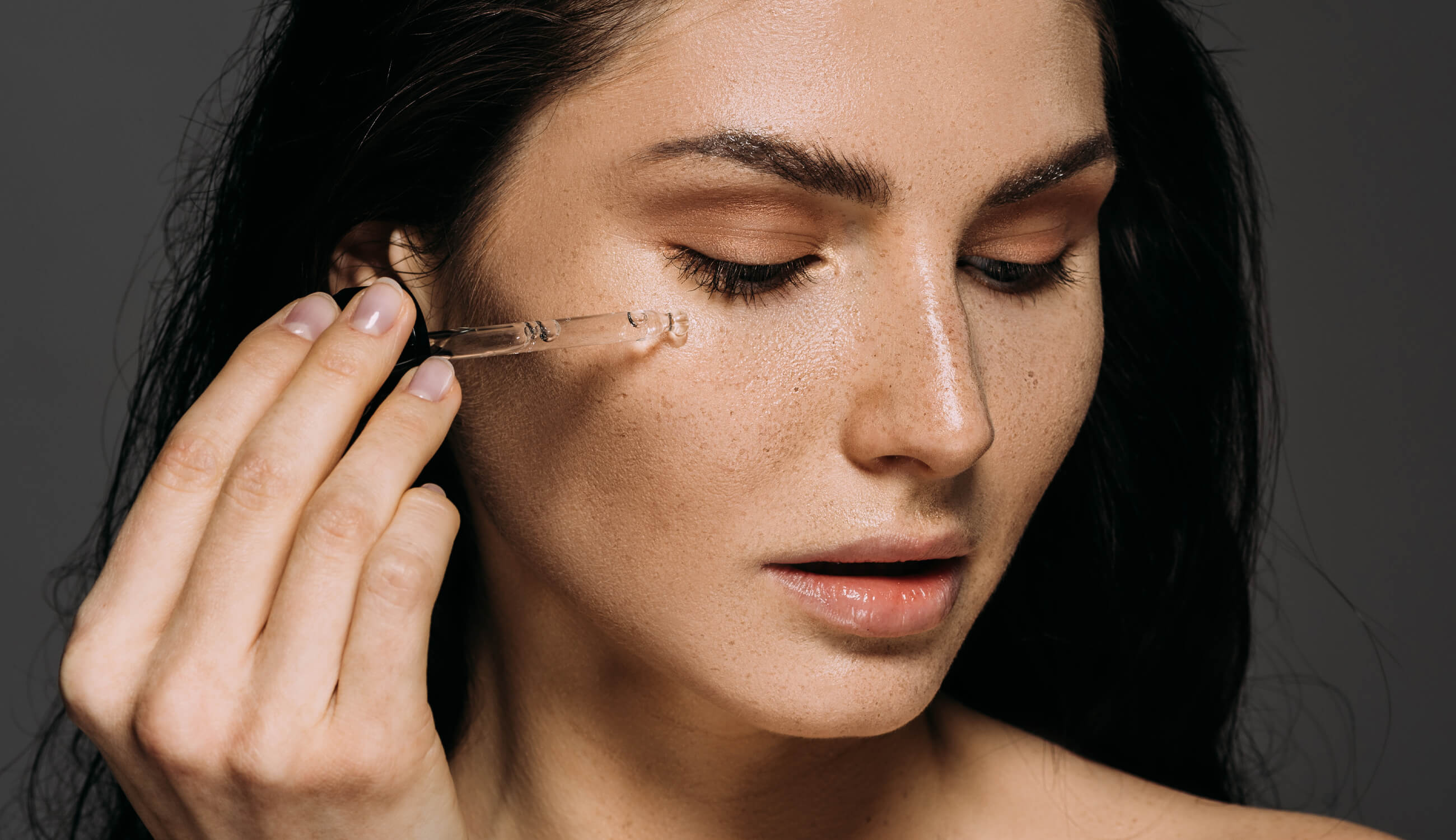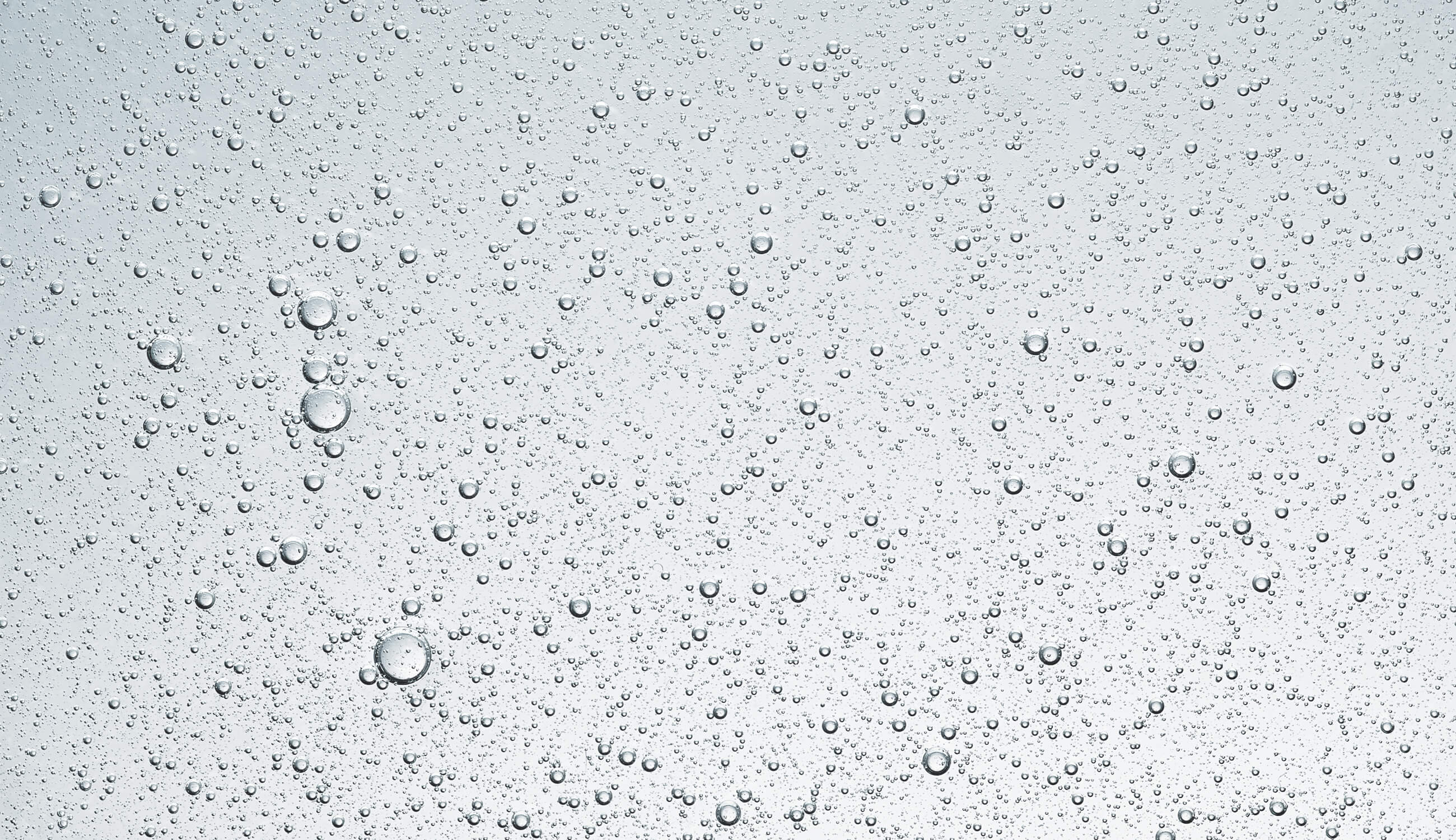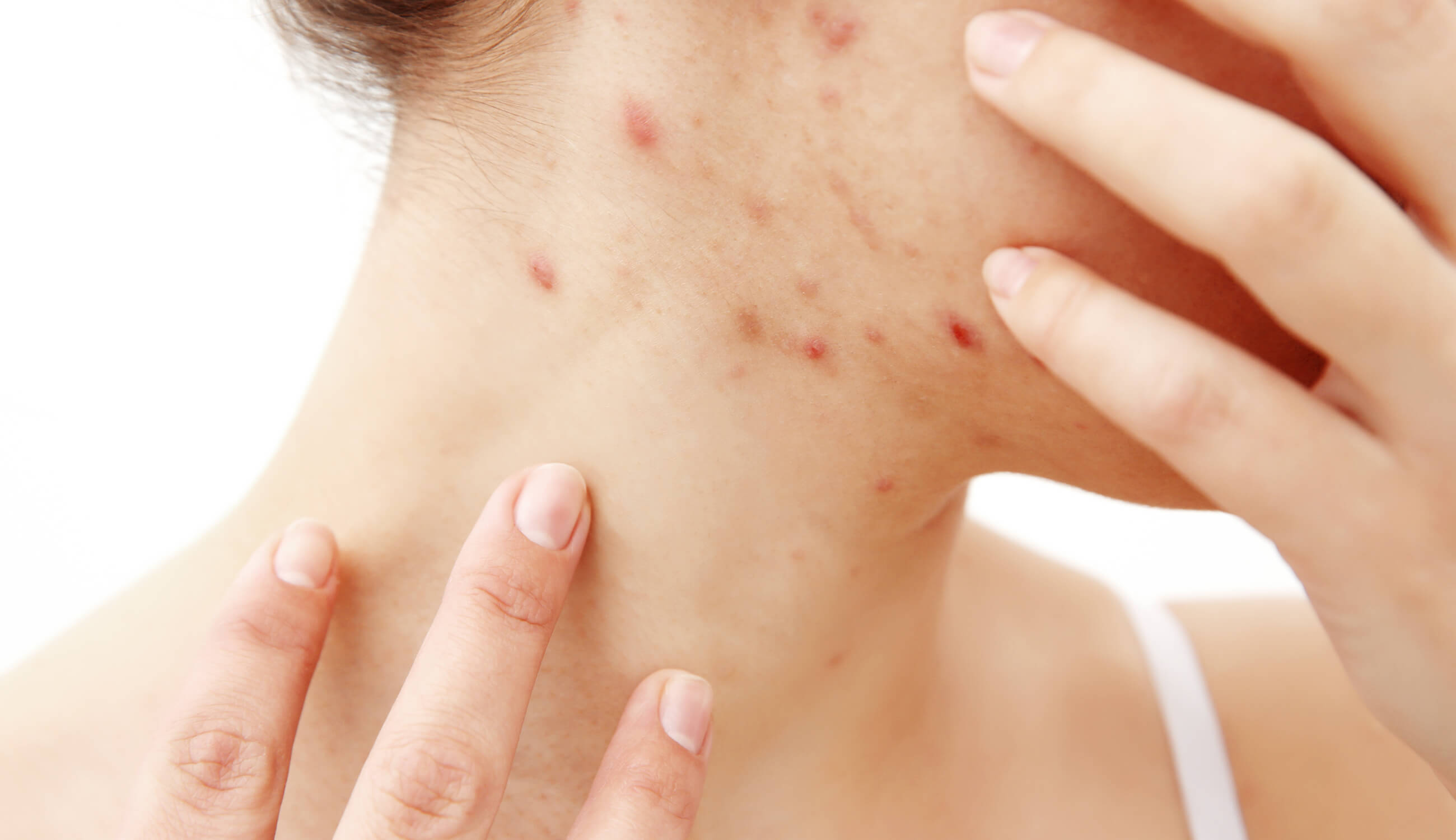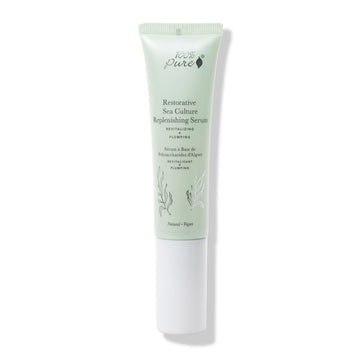Here’s how to navigate the congested hyaluronic acid skin care market – and avoid a bad breakout
Written by: 100% PURE®
This is a question that comes up often, from people dealing with acneic or congestion-prone skin. There’s a set of misconceptions which claim that people who suffer from acne should steer clear of hydrating or moisturizing ingredients, like Hyaluronic Acid. To bust that myth up front: this could not be farther from the truth! Acne sufferers absolutely need hydrants in order to balance their dermis, and win the battle against blemishes.
As with any pro, there are a few cons to be considered. We’ll break you down on the correlation between acne and hyaluronic acid, which precautions you should use, and how the two should ideally work synergistically!
Hyaluronic Acid has a variety of benefits which make it a smart choice for this exact purpose. This clear substance is naturally produced by your body; it’s found in your skin, connective tissue, and eyes, and functions to retain moisture and keep your body lubricated and hydrated. It’s absolutely key for having a supple dermis: it binds to water and works to retain the dense and glowing complexion associated with healthy skin. This means that hyaluronic acid is used for everything from wrinkles to acne, and even post-sun hyperpigmentation.
We’ve rounded up an in-depth list of hyaluronic acid benefits in our HA breakdown – take a peek to get tips for bringing your skin care game to a whole new level!

Ideally, our bodies could produce enough HA to keep things healthy and self-regulating, but there are a variety of external factors which often deplete our stores. The natural aging process, exposure to UVA and UVB rays, and the topical application of harsh chemicals and acids all contribute to low levels of hyaluronic acid in the skin.
In a perfect world, we wouldn’t have to supplement HA topically. Alas, on a day to day basis we expose our skin to the gamut or irritants and toxins that can destroy our natural lipid levels. This can be especially true for those of us making the mistake of using too many harsh and stripping products, and in concentrations that are way too aggressive for our sensitive skin. The result is usually a dull appearance, roughness, and yes, blocked pores.
Often, skin lacking hyaluronic acid will manifest as combination skin. That is, skin which experiences acne in some areas (the T zone, the chin), and dryness in other areas (usually on the cheeks and around the eyes).
For some combination skin sufferers, blemishes are a result of lipid overproduction. But for those suffering with low HA levels, blemishes can actually be the result of a buildup of dead skin cells which can lead to blocked pores. Without adequate hydration, skin cells are unable to move through the cycle of dead skin cell removal. This results in clogged hair follicles, in which dead skin cells mingle with cosmetics, dirt, and bacteria, causing chronic breakouts.
When this happens, supplementing with a plant-based hyaluronic acid serum can help improve skin tone and texture and can be a key prong in treating the development of cysts and blemishes. To put it simply: dry skin is damaged skin, and damaged skin is more prone to breaking out.
By using hyaluronic acid to bolster the strength of your skin’s outermost moisture barrier, you’ll effectively be enhancing its ability to keep out potential irritants and bacteria while simultaneously filtering out dead skin.

An important thing to keep in mind before you go crazy with hyaluronic acid serums: just because a serum has HA in it, doesn’t mean it’s de-facto good for treating your acne.
When you use an HA serum, it’s absolutely essential that you make yourself aware of other ingredients in the formula. Because Hyaluronic Acid is a hydrating ingredient, many serums designed with it are formulated with ultra dry and non-acneic skin types in mind. What this means is that HA is often combined with comedogenic ingredients. Remember comedogenic means pore clogging.
These two comedogenic ingredients lurk in common hyaluronic acid serums, but should be avoided for those with acne-prone skin:
SILICONE
Silicones trap debris in your pores by creating a thin, silky film over the outermost layer of your skin. The silky texture will make you think that the serum is ‘working,’ but in reality, it’s a quick fix – an artificial barrier that will actually trap dirt, sweat, bacteria, and sebum in your pores.
LANOLIN
Lanolin is extracted from sheep’s wool (so you’ll never find it in 100% PURE™ products) and it has a thick, emollient texture. While it can be used to amp up your lipid barrier, it’s often mixed with synthetic chemicals which can cause irritation and exacerbate both sensitive and blemish-prone skin.
Other serum ingredients to steer clear of are linseed oil and mineral oil. Both of these are pore-cloggers with the potential to exacerbate existing acne. Opt instead for natural serums that only include potent vitamin concentrations and are free of fillers.
The takeaway? Hyaluronic acid for acne can be an important ingredient if you’re dealing with breakouts. Just make sure you’re being smart about your ingredient lists, and prefacing your serums with a gentle, plant-based, and clarifying toner. Keep up with us here for more ingredient guides!
We carefully hand-select products based on strict purity standards, and only recommend products we feel meet this criteria. 100% PURE™ may earn a small commission for products purchased through affiliate links.
The information in this article is for educational use, and not intended to substitute professional medical advice, diagnosis, or treatment and should not be used as such.



